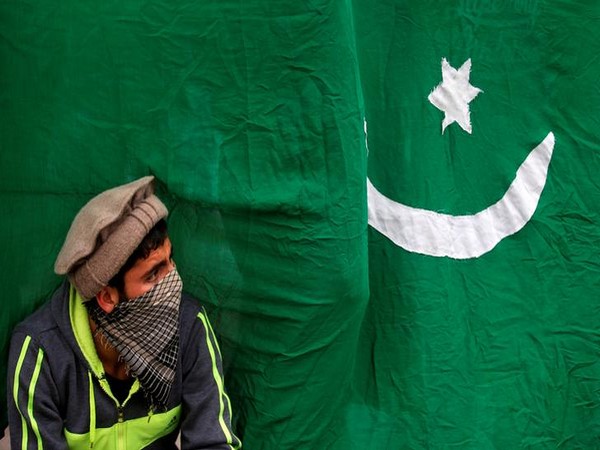A preliminary investigation by the Israel Defense Forces (IDF) has indicated that a fire at a displaced persons camp in Rafah, which erupted following an airstrike, was likely caused by Hamas munitions. The airstrike on Sunday night targeted and killed Hamas commanders Yassin Rabia and Khaled Nagar in a compound located in the Tel Sultan neighborhood of Rafah. These commanders were involved in coordinating and funding terror attacks in Judea and Samaria.
The IDF stated that the compound was utilized for Hamas activities, with a rocket launcher and launching pit situated just 47 meters from the strike site. The compound itself was one kilometer from a designated humanitarian zone. To minimize collateral damage, the IDF used two small munitions with 17-kilogram warheads, which they stressed were not powerful enough to cause the subsequent fire on their own.
The military suspects that secondary explosions from Hamas munitions or other materials present at the site were the likely cause of the fire. “We have a suspicion, following intelligence surveillance and analysis of the videos from the event that were distributed on social networks, that secondary explosions at the site were caused by Hamas ammunition storage. This suspicion is under investigation,” the IDF reported.
Supporting this theory, the IDF released a recording of two Rafah residents discussing the incident, with one specifically attributing the fire to Hamas explosives. “They say that they [the Hamas commanders killed] sat in a meeting, and that there is [a facility] and in addition, there was ammunition that began to explode. Bags of money scattered in the air,” one Palestinian was recorded saying. When asked if the exploding ammunition was indeed theirs, the first Palestinian confirmed, “Yes, it is an ammunition depot. The bombardment by the Jews was not strong. It was a small missile, because it did not create a large hole. And then explosions began.”
According to Gaza’s Hamas-run Health Ministry, the fire resulted in the deaths of 45 Palestinians, although this number has not been independently verified.
In response to the situation in Rafah, the UN Security Council is scheduled to hold a closed-door emergency meeting on Wednesday. The airstrike coincided with a ruling from the International Court of Justice on Friday, whose ambiguous wording is unlikely to restrict military activity in Rafah.
Rafah, situated on the Gaza-Egypt border, remains a critical stronghold for Hamas, hosting an estimated four battalions. Israel’s delegation to the ICJ informed the judges that the army had identified approximately 700 tunnels in Rafah, with around 50 crossing into Egypt. These tunnels are used for smuggling weapons and could also facilitate the movement of hostages out of Gaza.
To prevent Hamas from intercepting humanitarian aid deliveries from Egypt, Israel assumed control of the Palestinian side of the Rafah border crossing on May 7.
The backdrop to these events includes the brutal attacks by Hamas on Israeli communities near the Gaza border on October 7, which resulted in the deaths of at least 1,200 people and the abduction of 252 Israelis and foreigners. Of the 125 hostages still held by Hamas, 39 are believed to have died.
READ MORE: Japan’s Net Foreign Assets Reach Record $3 Trillion in 2023, Maintaining Top Creditor Status














